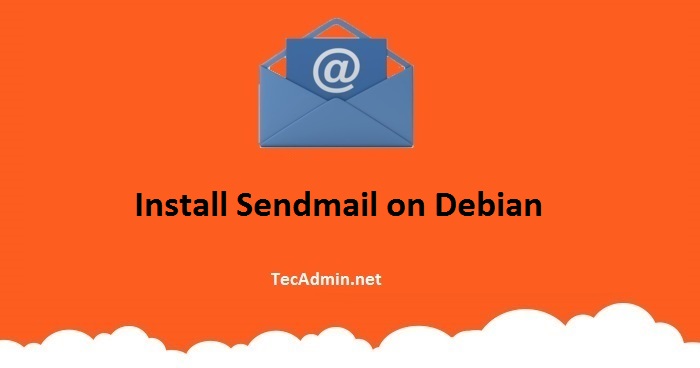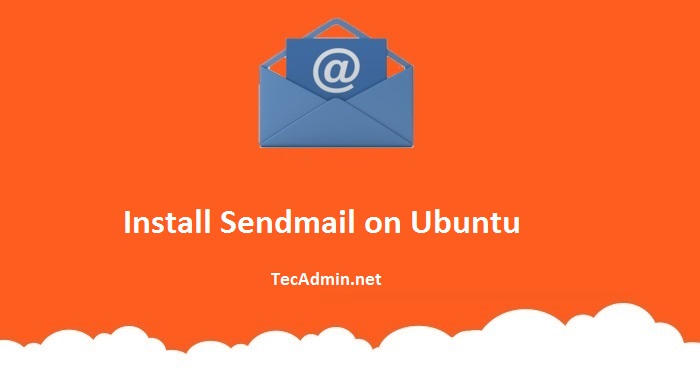Python is a high-level, general-purpose programming language created by Guido van Rossum. It was first released in 1991. Generally, Linux based distros have pre-installed Python version. This tutorial will help you to find the current version of Python installed on your Linux system using the command line. python -V Output: Python 2.7.12 The systems have multiple version of Python installed can find like this.
Author: Rahul
This tutorial describes How To Block IP using .htaccess in Apache. The Apache users can easily block website access from specific IP addresses or any IP ranges using the .htaccess file. Make sure your Apache server is enabled to use a .htaccess file. Block IP using .htaccess Now, create a file named .htaccess in your website document root directory and add these example lines:
1 2 3 4 5 6 7 8 | <Files *> <RequireAll> Require all granted #First allow all Require not ip 192.168.1.10 #Block single IP Require not ip 192.168.1.0/24 #Block IP range Require not ip 192.168.1.11 10.10.0.1/32 #Block mutile IPs and range </RequireAll> </Files> |
You are required to change the IP address to be blocked in the above configuration. Here you can block a single IP or IP ranges. You can also write one or more IPs in a…
Generating random strings in PHP has never been easier! With just a few lines of code, you can create a random string of characters that can be used in a variety of ways. Whether you need a unique identifier for a user’s profile or a secure password for a website, random strings can help. PHP’s random string function is incredibly straightforward to use. All you need to do is specify the length of the string and the character set you want to use. You can generate strings that include numbers, special characters, and even emoji. The possibilities are endless! With…
There are multiple options available to identify the running desktop environment on a Linux desktop. Here we discuss two commonly used options. First, execute the following command to check the name of the Desktop Environment. echo $XDG_CURRENT_DESKTOP In addition, you can also identify the Desktop by checking the currently running processes. Like the following command will show you the processes running for XFCE or KDE or GNOME desktops. ps -e | grep -E -i “xfce|kde|gnome” You will see the results like below. As per the below result, the GNOME desktop is being used on this system.
Java is a popular programming language for system software development and web application. You need to install the Java Development Kit (JDK) and Java Runtime Environment (JRE) for the setup of the Java development environment. This tutorial will guide you to install Oracle Java 13 version on Debian 10 Buster Linux system. Step 1 – Prerequisites First of all, log in to Debian 10 Buster system as the sudo user and install some required packages on your Debian system. sudo -i apt update apt install wget libasound2 libasound2-data Step 2 – Download Java Debian Package Download the latest Java SE…
SFTP (SSH File Transfer Protocol) is a secure protocol to transfer files between systems. It uses an encrypted secure shell (SSH) for the communication between two systems. You can also use this or this tutorial to configure sftp only user on your Linux system without SSH access. In this tutorial you will learn: Connect to remote sftp server Navigation in file system Upload files to SFTP server Download files from SFTP server Close SFTP connection Connect to Remote SFTP Server Use sftp command-line utility to connect remote sftp system. You need the sftp user and hostname or IP address of…
Sendmail is a MTA (Mail Transfer Agent) server used for transferring email from between different hosts. Sendmail uses SMTP (Simple Mail Transfer Protocol) protocol. Most of the system administrators preferred to use Sendmail server as MTA than other MTAs. This tutorial helps you to Install Sendmail on Debian 10 (Buster) Linux system. 1. Install Sendmail on Debian 10 If you don’t have installed Sendmail using the following command to install Sendmail with other required packages using the apt package manager. sudo apt update sudo apt install sendmail sendmail-cf m4 2. Configure Sendmail After packages installation execute the sendmailconfig command to…
Wget is a useful network utility for downloading files from a remote server over various protocols. This tutorial will help you to install wget on macOS using brew. Prerequisites Before starting the installation of wget network utility using this tutorial you must have the following prerequisites. Terminal: You must have Mac Terminal access and little knowledge about working with the terminal application. Homebrew: You must have Homebrew installed on your macOS. You can also use the below command to install brew. ruby -e “$(curl -fsSL https://raw.githubusercontent.com/Homebrew/install/master/install)” Install wget Now, execute the following command on the terminal to install brew on…
Red Hat, the company behind Fedora and its related projects, has a reputation for favoring open source code that is more practical than it is experimental. However, Fedora also offers users access to beta software in some cases. One of those is LibreOffice, which you can install on Fedora by downloading from the official website. The LibreOffice is a free and open-source office software suite. If you’re excited about using the latest version of LibreOffice but don’t necessarily want to switch from your current operating system, read on for instructions on how to install LibreOffice on your Fedora computer. Install…
Sendmail is a widely used Mail Transfer Agent (MTA) that allows users to send and receive email on Linux systems. It is a powerful and flexible mail server solution that can be configured to work with various email clients and services. In this article, we will provide you with a comprehensive guide to understanding, installing, and configuring Sendmail on Ubuntu. We will also cover some tips and tricks for mail server administrators to ensure efficient and secure operation. Prerequisites Before you begin, ensure that you have the following: An Ubuntu system (we will use Ubuntu 20.04 LTS in this guide,…


